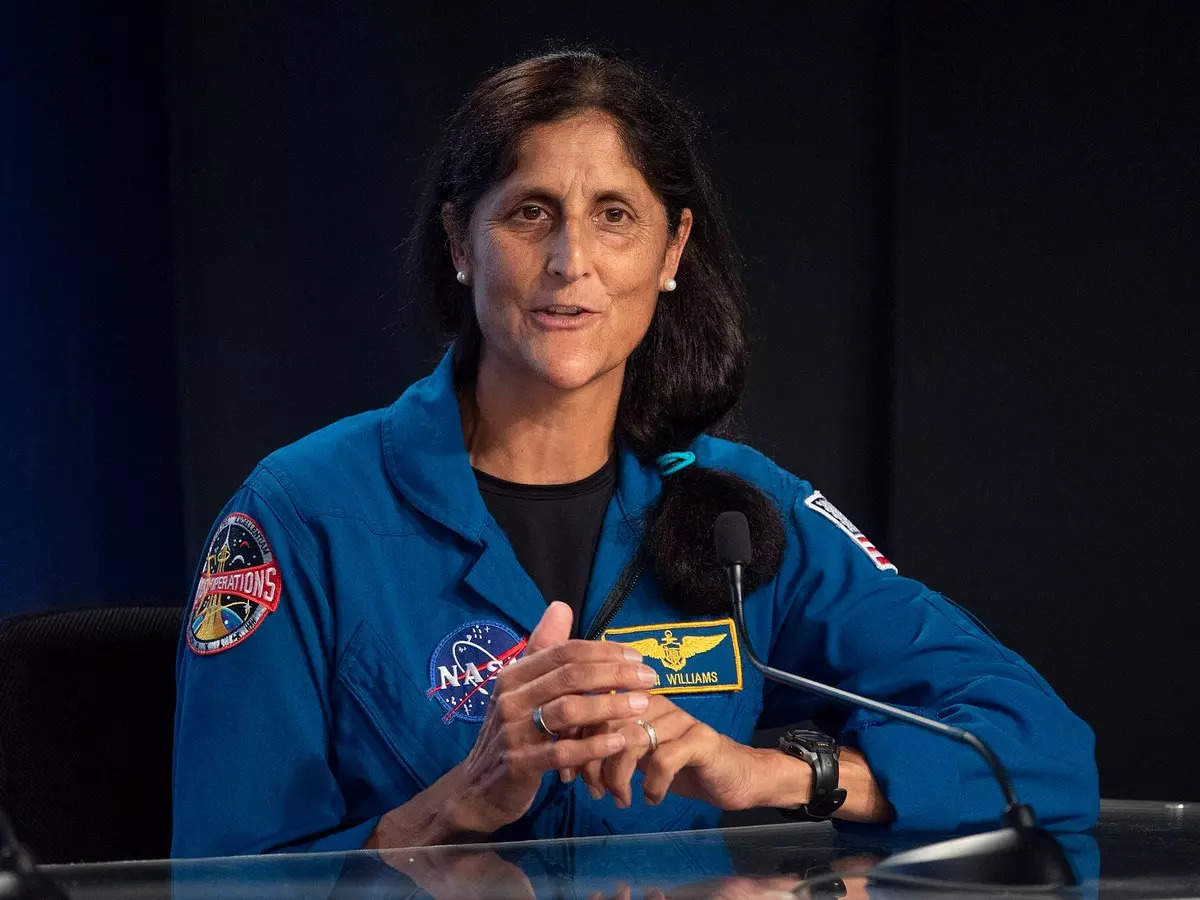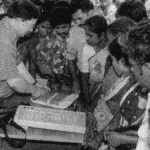[ad_1]
Boeing Co and Nasa postponed the first crewed flight of the company’s already long-delayed space taxi on Saturday, halting the countdown less than four minutes before takeoff due to a launchpad computer system issue.
The CST-100 Starliner’s flight from Florida to the International Space Station is a critical test to prove the craft can safely carry people to and from the orbiting research laboratory for Nasa.
A launchpad sequencer that controls vital systems during the final countdown triggered the abort, the latest setback for a launch effort years in the making. Nasa said it’s forgoing a possible launch on Sunday to allow the agency, United Launch Alliance and Boeing time to determine what went wrong.
The next launch opportunities are June 5 and June 6, Nasa said in a blog post. ULA builds the Atlas V rocket that will loft the Starliner capsule to space.
Earlier Sunday, ULA Chief Executive Officer Tory Bruno said the remedy might be an easy hardware fix as simple as swapping out a part — or it could be more involved.
The launch sequencer is made up of three redundant computers; two of the computers reported normal conditions, while the third one moved more slowly than it was supposed to. That automatically triggered the abort. ULA still doesn’t know what caused the third computer to behave that way.
In 2014, Nasa awarded Boeing $4.2 billion and Elon Musk’s SpaceX $2.6 billion in contracts to create vehicles to ferry the agency’s astronauts to space, the centerpieces of its Commercial Crew Program.
While Starliner has fallen seven years behind schedule because of to a long line of technical glitches and failures, rival SpaceX has launched nine separate crews to the space station for Nasa since 2020.
The repeated delays have added mounting pressure for Boeing, which has racked up roughly $1.5 billion in cost overruns on the program. The company’s defense and space division is expected to lose money during the second quarter, Chief Financial Officer Brian West told a conference in May, citing “cost pressure” on fixed-price contracts.
Boeing faces questions about the long-term vision for its space business. It’s unclear whether Starliner will be used beyond a half-dozen more missions to the ISS for Nasa. Late last year, West told a small gathering of investors that the company has a decision to make about future investment in the program, Bloomberg has reported.
The Saturday launch attempt, meant to carry veteran Nasa astronauts Sunita “Suni” Williams and Barry “Butch” Wilmore, came after weeks of uncertainty about when the mission would get off the ground.
Nasa and Boeing tried to launch on May 6, but mission controllers stopped the countdown after noticing some weird behavior with a valve inside the rocket, forcing Williams and Wilmore to exit the spacecraft and wait for another launch day.
Engineers replaced the valve, but the launch was delayed again after Boeing discovered a helium leak on one of Starliner’s many thrusters. After weeks of analysis and meetings, Boeing and Nasa ultimately decided to move forward with the launch without fixing the leak, saying it did not pose a safety issue and that engineers would monitor it throughout the flight.
It’s possible that recent launch delays will force Boeing to take another incremental charge on Starliner, JPMorgan analyst Seth Seifman said in a May 27 research note.
For this mission, Williams and Wilmore are slated to stay aboard the space station for about a week. Once their mission is complete, they will undock from the ISS in Starliner and land in the southwestern US under parachutes.
The CST-100 Starliner’s flight from Florida to the International Space Station is a critical test to prove the craft can safely carry people to and from the orbiting research laboratory for Nasa.
A launchpad sequencer that controls vital systems during the final countdown triggered the abort, the latest setback for a launch effort years in the making. Nasa said it’s forgoing a possible launch on Sunday to allow the agency, United Launch Alliance and Boeing time to determine what went wrong.
The next launch opportunities are June 5 and June 6, Nasa said in a blog post. ULA builds the Atlas V rocket that will loft the Starliner capsule to space.
Earlier Sunday, ULA Chief Executive Officer Tory Bruno said the remedy might be an easy hardware fix as simple as swapping out a part — or it could be more involved.
The launch sequencer is made up of three redundant computers; two of the computers reported normal conditions, while the third one moved more slowly than it was supposed to. That automatically triggered the abort. ULA still doesn’t know what caused the third computer to behave that way.
In 2014, Nasa awarded Boeing $4.2 billion and Elon Musk’s SpaceX $2.6 billion in contracts to create vehicles to ferry the agency’s astronauts to space, the centerpieces of its Commercial Crew Program.
While Starliner has fallen seven years behind schedule because of to a long line of technical glitches and failures, rival SpaceX has launched nine separate crews to the space station for Nasa since 2020.
The repeated delays have added mounting pressure for Boeing, which has racked up roughly $1.5 billion in cost overruns on the program. The company’s defense and space division is expected to lose money during the second quarter, Chief Financial Officer Brian West told a conference in May, citing “cost pressure” on fixed-price contracts.
Boeing faces questions about the long-term vision for its space business. It’s unclear whether Starliner will be used beyond a half-dozen more missions to the ISS for Nasa. Late last year, West told a small gathering of investors that the company has a decision to make about future investment in the program, Bloomberg has reported.
The Saturday launch attempt, meant to carry veteran Nasa astronauts Sunita “Suni” Williams and Barry “Butch” Wilmore, came after weeks of uncertainty about when the mission would get off the ground.
Nasa and Boeing tried to launch on May 6, but mission controllers stopped the countdown after noticing some weird behavior with a valve inside the rocket, forcing Williams and Wilmore to exit the spacecraft and wait for another launch day.
Engineers replaced the valve, but the launch was delayed again after Boeing discovered a helium leak on one of Starliner’s many thrusters. After weeks of analysis and meetings, Boeing and Nasa ultimately decided to move forward with the launch without fixing the leak, saying it did not pose a safety issue and that engineers would monitor it throughout the flight.
It’s possible that recent launch delays will force Boeing to take another incremental charge on Starliner, JPMorgan analyst Seth Seifman said in a May 27 research note.
For this mission, Williams and Wilmore are slated to stay aboard the space station for about a week. Once their mission is complete, they will undock from the ISS in Starliner and land in the southwestern US under parachutes.
[ad_2]
Source link









344228 204746Wow What excellent information. Thank you for the time you spent on this post. 64285
212864 15939if the buffalo in my head could speak german i would not know a god damm thing. What i do know is that the language of art is out of this world. 675823